LNMA invites to the opening of the exhibition "Beautiful Handicrafts of Tohoku region"
Exhibition opening at 5 p.m. Thursday 11 January 2024
Museum of Applied Arts and Design of the LNMA invites to the opening of the exhibition Beautiful Handicrafts of Tohoku region. The event curated by Ryuichi Matsubara presents the works of applied arts from the Tohoku Region, the area devasted in 2011 by an earthquake and tsunami. The exhibition will run until 29 February.
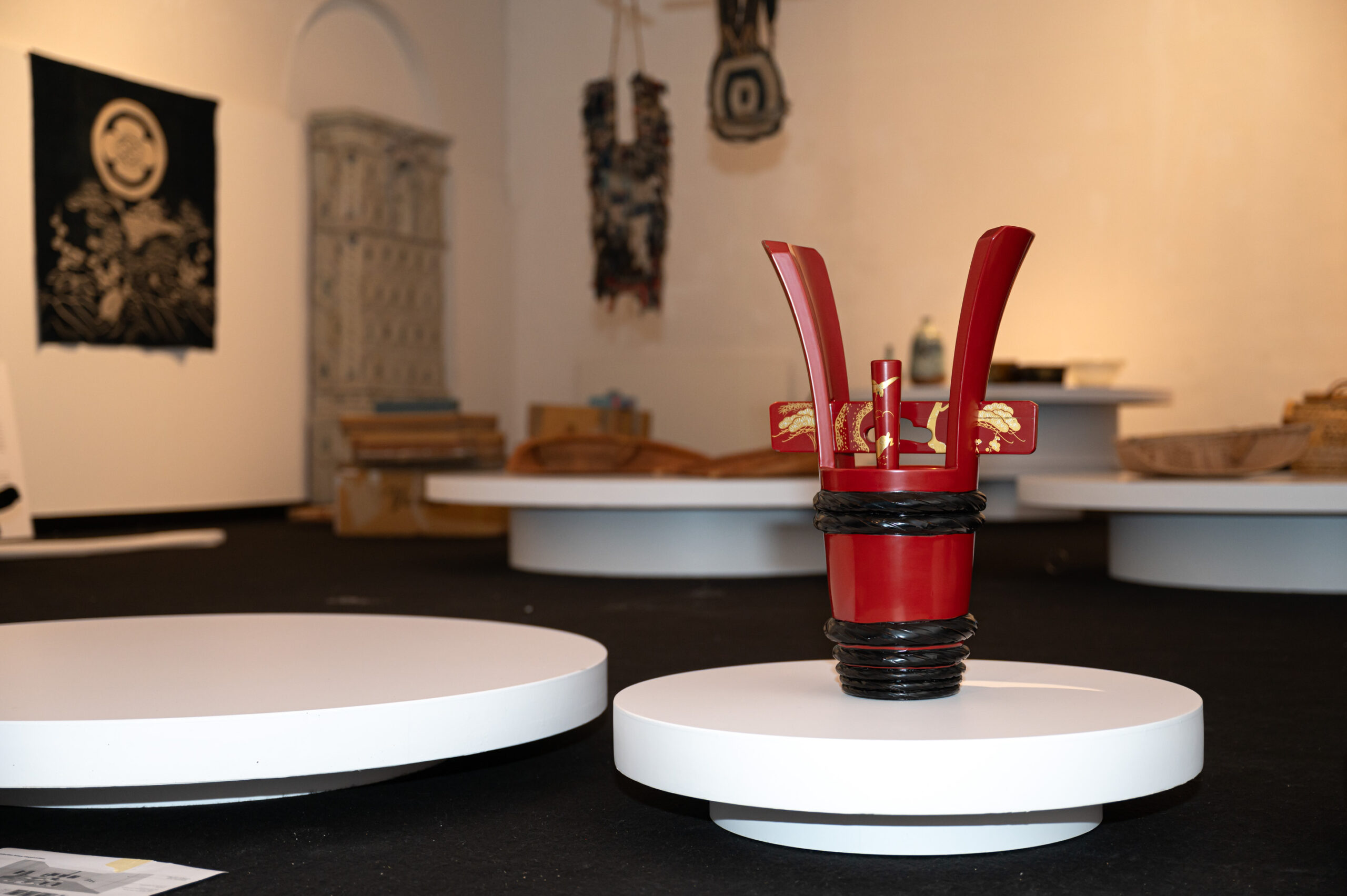
‘We are thrilled to present the Lithuanian public with yet another unique opportunity of a more intimate acquaintance with the magic world of the beautiful handicrafts from Japan, the Land of the Rising Sun. This time it arrives from some less familiar to Lithuanians Region of Tohoku, of the northeast part of Honshu, the main island of Japan. The display embracing 70 remarkable works of ceramics, textiles, lacquerware, wood and bamboo crafts will allow its perceptive and sensitive visitors to appreciate the idiosyncratic features of Japanese applied art: the harmony of form and function, the interlacing of symbols with natural motifs, and the spirituality and technical finesse. I invite dear visitors of the Beautiful Handicrafts of Tohoku region to feel that spiritual power and give in to the charms by the master artisans from Tohoku. Let it become a healing experience of light and harmony in this rather miserable and aggression-ridden world of our times,’ Dr Arūnas Gelūnas, director general of the LNMA invites to see the display.
‘On March 11 2011 the Region of Tohoku in Japan was shook by a major earthquake and tsunami. The Beautiful Handicrafts of Tohoku region was designed with a goal to revisit the charming beauty of the original crafts and arts of the region. On 1 January this year a powerful earthquake struck the Noto Peninsula on the Sea of Japan, devasting some areas; an intense rescue effort is under way seeking to help as much as possible to the victims of the disaster. We hope that just like in the Tohoku Region, the people who suffered of this recent disaster will manage to recover and retain the skills of their traditional crafts. Despite frequent cataclysms in Japan, we hope that this exhibition will communicate to its visitors how the mastery of Japanese handicrafts is being passed from generation to generation,’ Japanese ambassador to Lithuania Tetsu Ozaki explains the context of the exhibition.
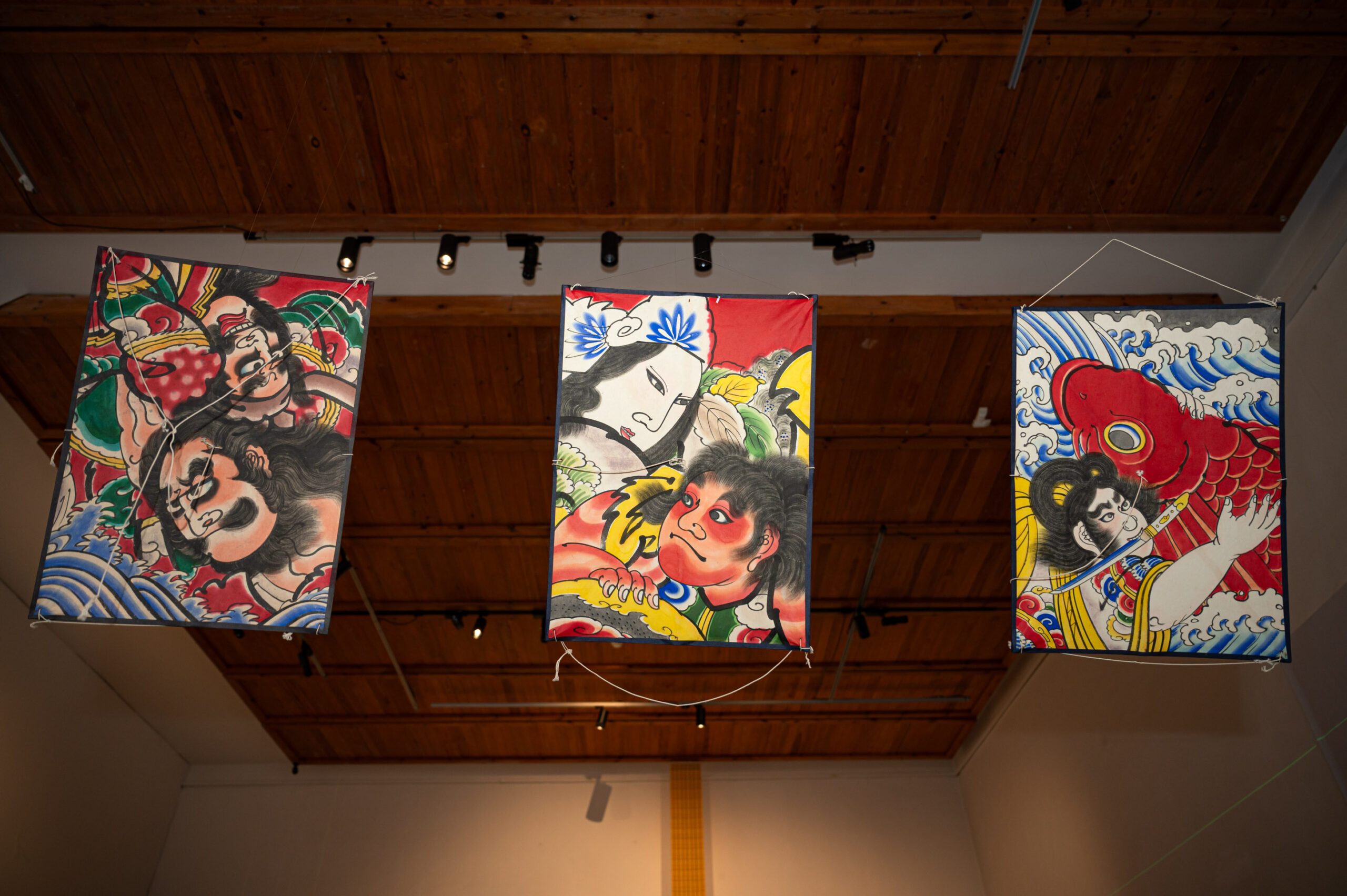
The functional beauty of everyday implements on display
The exhibition Beautiful Handicrafts of Tohoku region, opening at the Museum of Applied Arts and Design of the LNMA, introduces the unique heritage of arts and crafts from the Region of Tohoku, including ceramics, textiles, metalwork, wood and bamboo, and other artefacts. The visitors have the opportunity to discover the high-level of traditional craftmaking techniques nurtured in this region, and the functional beauty of daily implements used since ancient times in Japan.
‘I hope that by presenting these craftsmanship traditions abroad we will encourage people all over the world to appreciate Japanese aesthetic sensibility and their mastery,’ Ryuichi Matsubara, curator of the exhibition, says.
On display are not only traditional implements and textile works, alongside appear inspired-by-crafts pieces by the artists, evocative of the cultural atmosphere of Tohoku. The exhibition reveals the practical and artistic aspects of the beautiful crafts. The utilitarian appeal of woven baskets was highlighted by ingenious design solutions. The ceramic ware from Tohoku combines elaborate shapes with glazing techniques. These articles present not only the unique lacquerware from the town of Joboji: they also introduce the local tradition of collecting of lacquer sap, passed in Joboji from generation to generation and ensuring that the old lacquer trees are incised without hurting them.
‘The items crafted with precision using techniques perfected over the course of centuries strike as familiar and contemporary, simply transcending time. The patterns of these handicrafts (I believe their exquisite mastery elevated them to artwork status!) were often derived from nature; they show motifs of cherry-tree blooms, of cranes and of waves, which are not only simply beautiful, but imbued with symbolism. It is believed that these patterns evoke the awareness of the existence of kami – spiritual beings, gods of nature – and establish a spiritual link between the artisan, his work and the perceiver. Each such piece is not only an object of beauty, it also radiates a spiritual aura, invites contemplation and awakens the sense of harmony between a human, the arts and the divine. Thus, the concept of kama penetrates not only the applied arts, but the entire cultural identity of Japan, as it keeps inspiring and sustaining with a unique spiritual prowess the artistic expression of past and present generations,’ Dr Arūnas Gelūnas, director general of the LNMA shares his insights.
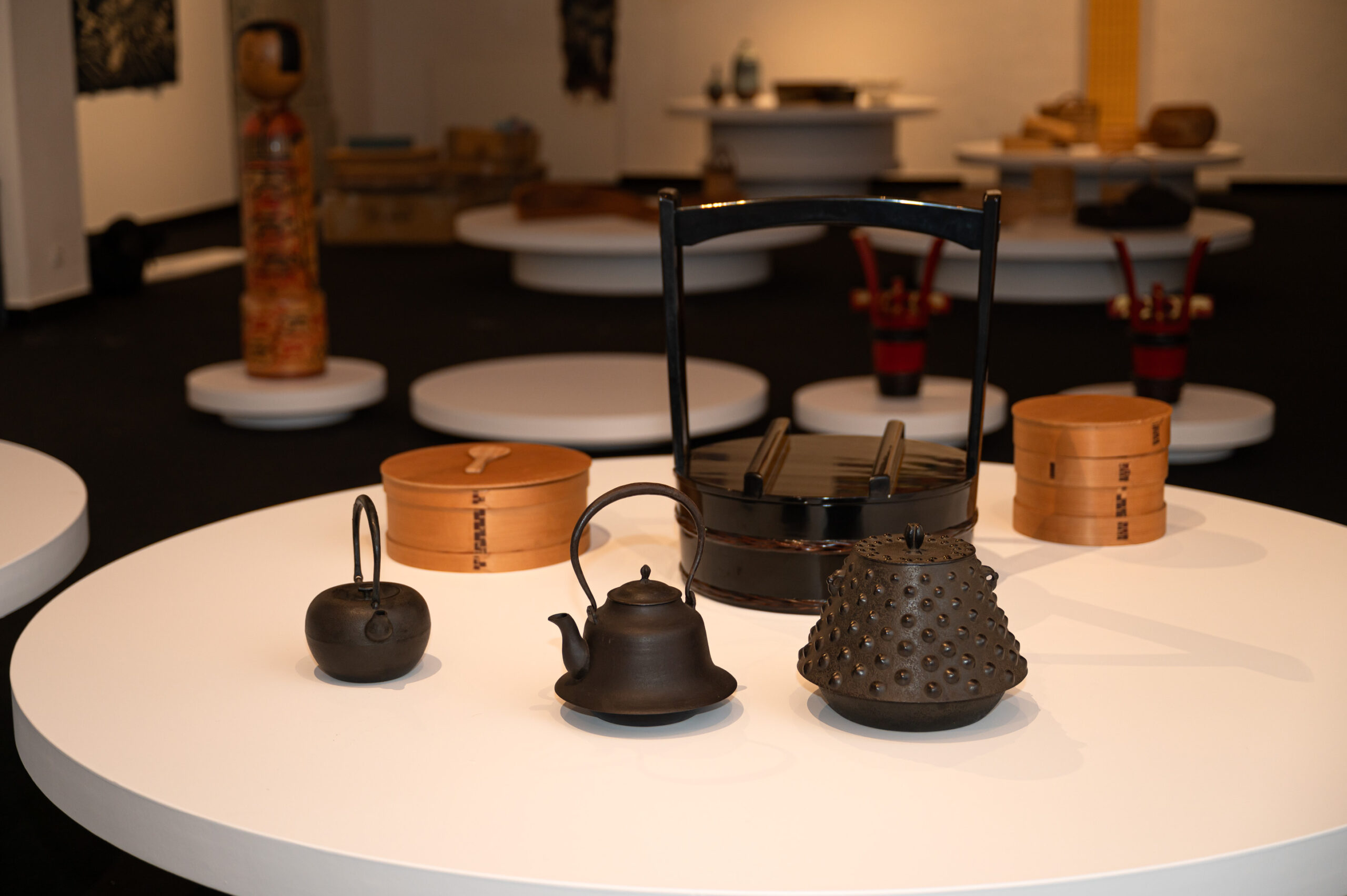
The movement that preserved the beauty of Tohoku Region’s handicrafts
The opportunity of seeing the handicrafts from the Tohoku Region, displayed in the exhibition, goes back to the Mingei Movement. The founder of this movement, Soetsu Yanagi, when travelling the Region of Tohoku back in the 20th century, was captivated by the charms of the handicrafts of the local artisans, and started collecting the vessels and implements discovered during travel. According to Yanagi, the handicrafts created by unknown artists are receptacles of beauty, therefore the movement aimed at discovering and appreciating this beauty. Other artists of the period were also greatly impressed by Tohoku craftwork. They joined Yanagi in his travels, and started building collections of their own.
The artists, members of the Mingei Movement, not only collected the craftwork, but also collaborated with the local craftsmen, advising them how to preserve their traditional designs, and at the same time, to create new ones, which would give the handicrafts some contemporary appeal. This activity gave a new life to the crafts of the Tohoku Region, but ironically, it belittled the concept of an ‘unknown artisan’, highly valued by the Mingei Movement, as the new wave established and famed individual artisans and locations producing such items.
It is also true that shifts of the economic structure of society and the movement of people to big towns, slowly ate at the tradition of the crafts and skills, highly admired by Yanagi and other artists. It is the Mingei Movement in the Region of Tohoku that ensured the continuation of the traditions of the beautiful handicrafts from generation to generation and into our days, and the visitors of the exhibition have the privilege to appreciate their beauty.
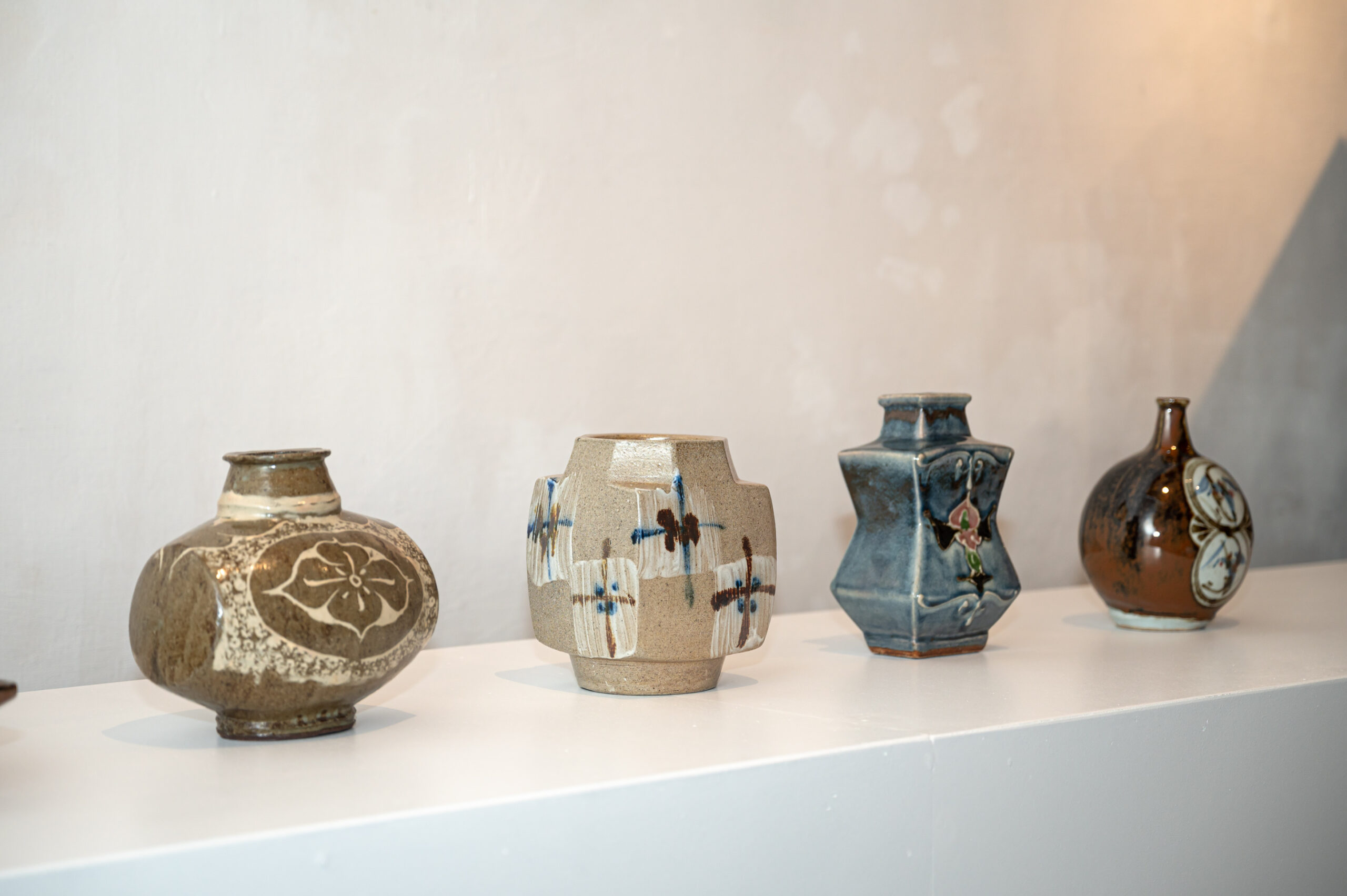
The exhibition travelling the world for over a decade
The exhibition curated by Ryuichi Matsubara, the Beautiful Handicrafts of Tohoku, Japan, was designed back in 2012, to mark the 1st anniversary of the 2011 Tohoku earthquake and tsunami. The Tohoku Region known for its mountains, seascapes, rich culture and history sustained a serious destruction on March 11 2011, the losses were massive, the culture of the manufactures and the crafts was among the victims.
The exhibition Beautiful Handicrafts of Tohoku region arrives to Lithuania from the U.S. The visitors of the Applied Arts and Design Museum will be able to see it until 29 February. In March the exhibits will leave for Riga.
At 5 p.m. Thursday, 11 January, the Applied Arts and Design Museum invites to the opening night of the exhibition, offering also a unique opportunity to enjoy the musical performance by Yusuke Ishii, Japanese composer and pianist.
The LNMA will keep Japanese culture in the focus of the museum’s future activity. An exhibition of Japanese art curated by Dr Arūnas Gelūnas, director general of the LNMA, is planned in the summer of 2024.
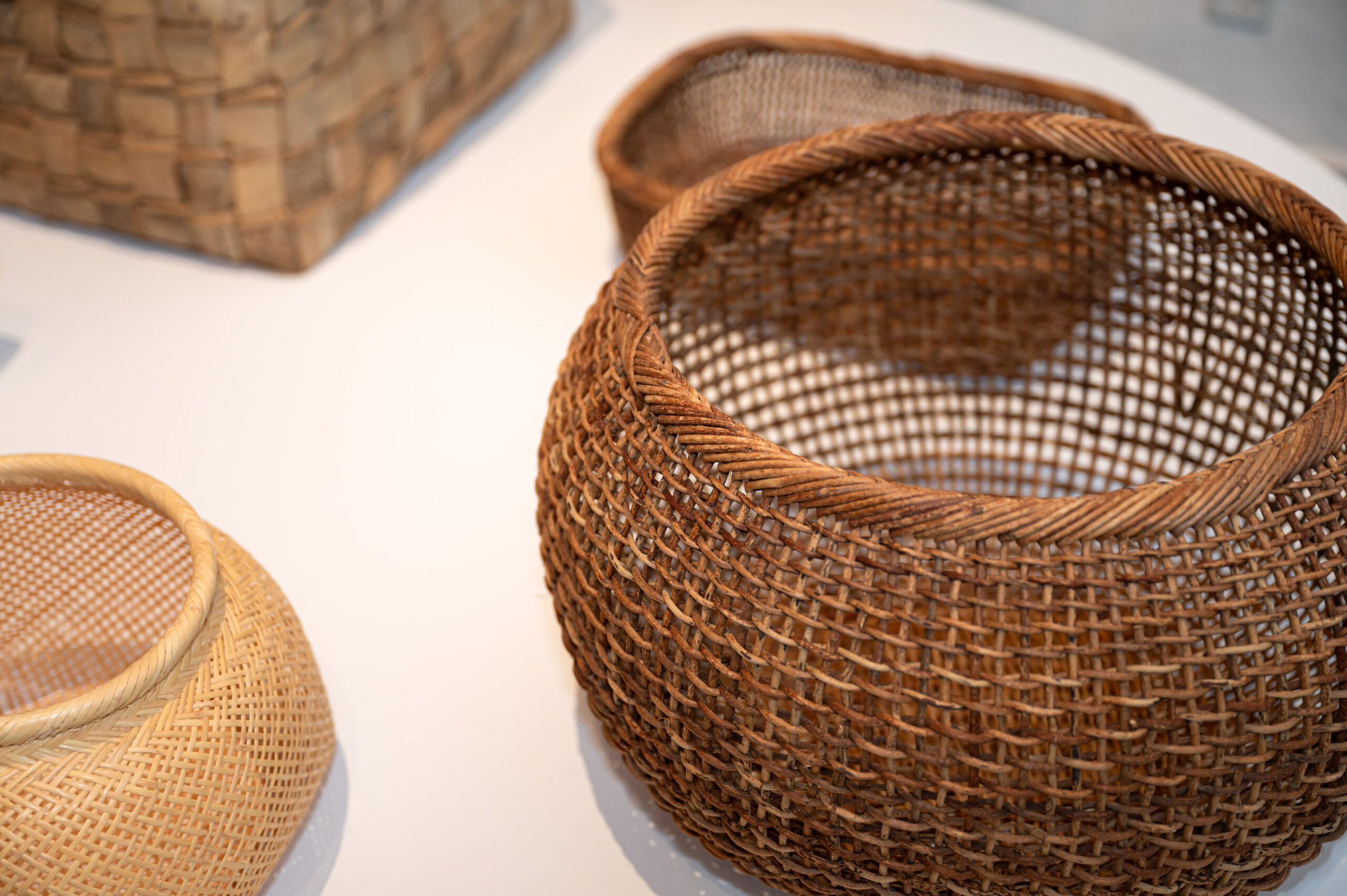
Exhibition curator Ryuichi Matsubara
Exhibition architect Ūla Žebrauskaitė-Malinauskė
Architect-coordinator Eglė Jagminė
Light artist Milvydas Kezys
Designer Loreta Uzdraitė
Exhibition is co-organized by the Embassy of Japan in Lithuania and Japan Foundation
3A Arsenalo st, Vilnius, Lithuania
+370 5 212 1813;
+370 5 261 25 48; +370 5 262 80 80.
tddm@lndm.lt













